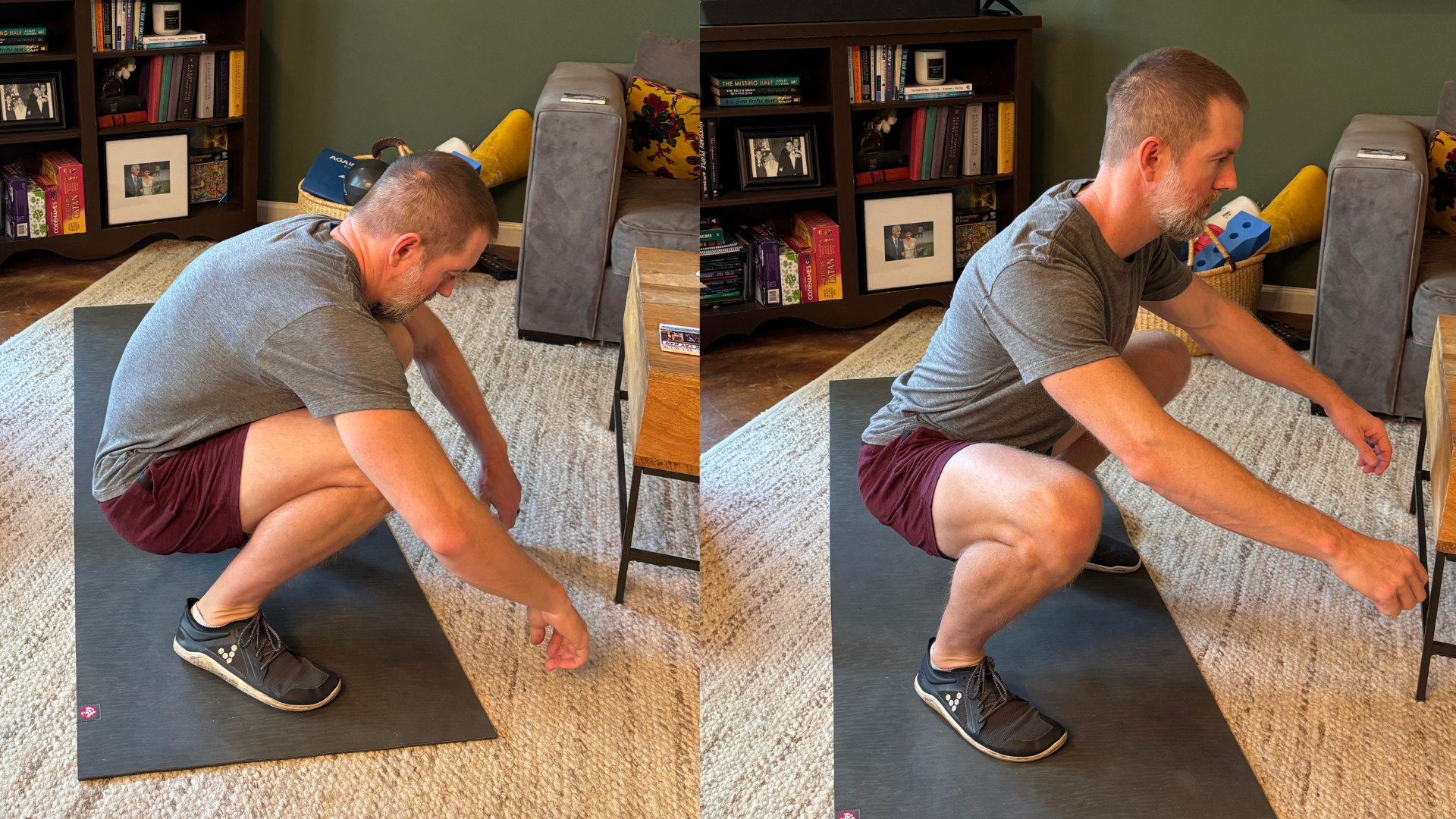What is HIIT and What is High-Intensity Exercise?
High Intensity is a MUST…but so is low intensity work!
Let’s start with the fact that there are huge health and fitness benefits to exercising at all intensity levels. There are a lot of people who think of intensity as a measure of heart rate with Zone 2 typically being a moderate intensity where you could maintain a conversation and zones 4 & 5 being high intensity. Weightlifters and powerlifters describe the percent of their 1 rep max they are going to use in their sets as intensity. People who try CrossFit are always surprised when they learn that, especially when mixing weight training, bodyweight exercises, and monostructural exercising like running, rowing, biking, their heart rate is not always in zones 4 or 5 when a workout feels “intense.” There’s no universal measure for what makes something high intensity or not, but you kind of know it when you feel it. Let’s think of high intensity workouts, simply as perceived high effort.
A Quick Note for the Single Modality Athletes: If your workouts are only running, only weightlifting, only rowing, etc., there may be a single metric like heart rate, percentage of 1 rep max, etc. that can be used to compare intensities, but when combining methods like in functional fitness training, no one metric fits all varieties of stimuli that should be used.
HIIT (high-intensity interval training) has become an incredibly popular term and buzz word and is used to describe a workout type where intervals of high, unsustainable efforts are followed by intervals of rest or lower effort, and then repeated a number of times. A good distinction between high intensity and low intensity is the sustainability of the effort. The higher the intensity, the less amount of time you’re able to sustain it. The reason the fitness industry is going nuts over high-intensity exercise (and so are we), is that not only is it a requirement to develop strength, power, and speed, but it also provides many of the same benefits as low intensity workouts, all while not taking as much time to complete. We think high intensity work should be a staple in any well rounded workout program.
But, let’s not make the mistake most people make and throw long slow workouts out completely or even the medium intensity workouts. Although cardiovascular endurance can be developed surprisingly well with high intensity workouts, stamina and technique development will be lacking if your whole program is high-intensity work. Most people who are taking functional fitness seriously want to be capable of a wide range of adventures, hikes, kayaks, a long time surfing or skiing, and possibly even participating in marathons, triathlons, and obstacle course races and stamina and connective tissues that can hold up all day long are crucial. You cannot be adequately prepared for events that require stamina without spending some time in that arena. In addition, a new scientific understanding of lactate of being a preferred fuel and not simply a waste product, has helped us take advantage of the major benefits from Lactate Zone 2 Training. This style of training not only improves endurance, but surprisingly has major benefits when performing high-intensity efforts too!
High intensity exercise is also very hard on your central nervous system, muscles, and joints, which is a good thing in the right doses, but just like the intensity is unsustainable in the workout, high intensity workouts all the time is also unsustainable across the week. The real magic of intensity comes from when you are able to put in 90%+ effort. To be able to put in that high level of intensity, you must be recovered for it. Attempting to put in 90% effort every single day will result in 80% efforts that feel like 105% efforts every day. Yes, trying as hard as you can all the time actually is worse than having moderate workouts mixed in with 100% effort workouts in your program. By varying intensities across workout days, we can continue to develop your fitness in profound ways while recovering your central nervous system, muscles, and joints for quality, high-intensity efforts. This not only creates huge fitness results, but is sustainable long-term.
At MovementLink, our workout programs are designed in 3-5 month cycles where we mix different intensities and stimuli throughout the week, throughout the month, and throughout the full cycle all in a way that works together to maximize your results and to make sure you are ready for anything and everything you are interested in or may become interested in.















